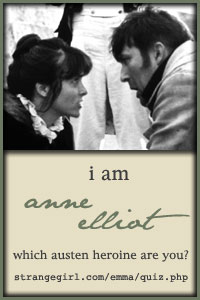
Black Mission Figs, that came to the Spanish missions here in California from their origins in the Balearic Islands (maybe brought by Fr. Junipero Serra, who started in Palma de Mallorca and ended in Carmel?), bought in over-spilling baskets from the farmers market in this heart of fig season. I remember longingly the loveliest dessert I’ve ever had—the slow end to a slow lunch in a shady June garden—black and green figs together, halved, and served with fresh unsalted ricotta from somewhere up in Marin, drizzled with thyme honey. Do I remember lavender blossoms as well, or would that have been gilding the lily?
Going into the spice shop in Menlo Park on Sunday morning, choosing among the cinnamons. Wondering how to choose, I was advised by the shopkeeper that I’d just have to smell and decide for myself. Whichever smells best to me, it turns out, is the one I should have. Whichever chooses me. Some sort of innate selection. Does it have to do with mood? Or temperament? Does each of the four temperaments, the four humors, have its own cinnamon preference, I wonder?
There’s China Cassia, strong and spicy, with a potent sweet flavor prized for centuries; Ceylon “True” Cinnamon (and what, I wonder in my wayward literary way, would a false cinnamon lead to?), complex and fragrant, with a citrus overtone, most prized in Mexico and England; Vietnamese, the strongest of them all, extremely sweet and flavorful. And there’s Korintje Cassia, which I immediately know is mine—its smell, to me, far richer and more alluring than the others, though it is odd that it isn’t in fact the strongest. Sweet and mellow, reminiscent of childhood’s cinnamon toast, the cinnamon sticks at the Three Cities of Spain on Canyon Road. I wondered if Korintje might have to do with Corinth, but it’s from Indonesia.
I’m reminded of Michael Ondaatje’s wonderful book of poems, The Cinnamon Peeler, and the title poem.
If I were a cinnamon peeler
I would ride your bed
and leave the yellow bark dust
on your pillow.
Your breasts and shoulders would reek
you could never walk through markets
without the profession of my fingers
floating over you. The blind would
stumble certain of whom they approached
though you might bathe
under rain gutters, monsoon.
Here on the upper thigh
at this smooth pasture
neighbour to your hair
or the crease
that cuts your back. This ankle.
You will be known among strangers
as the cinnamon peeler’s wife.
I could hardly glance at you
before marriage
never touch you
—your keen nosed mother, your rough brothers.
I buried my hands
in saffron, disguised them
over smoking tar,
helped the honey gatherers . . .
When we swam once
I touched you in water
and our bodies remained free,
you could hold me and be blind of smell.
You climbed the bank and said
this is how you touch other women
the grass cutter’s wife, the lime burner’s daughter.
And you searched your arms
for the missing perfume
and knew
what good is it
to be the lime burner’s daughter
left with no trace
as if not spoken to in the act of love
as if wounded without the pleasure of a scar.
You touched
your belly to my hands
in the dry air and said
I am the cinnamon
peeler’s wife. Smell me.
(Alfred A. Knopf, 1992)



















No comments:
Post a Comment